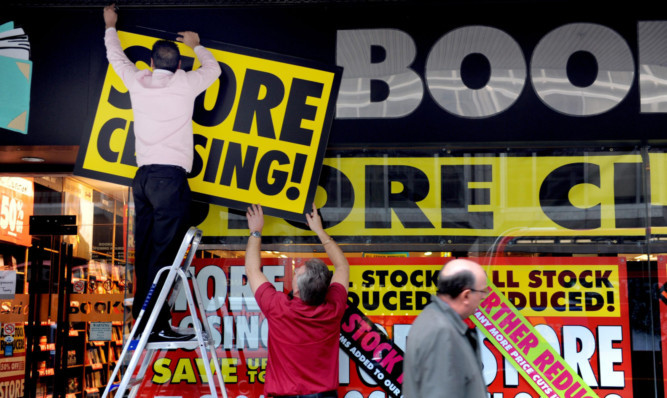Scottish businesses are less likely to go bust than those elsewhere in the UK, new figures have revealed.
The latest Business Insolvency Index from information services company Experian revealed that 43 Scottish businesses were declared insolvent in April, half the number that were declared insolvent during the same month last year.
This gives an overall insolvency rate of 0.03%, compared to 0.09% last year.
Across the UK the number of insolvencies rose from 1,564 in April last year to 1,714 this April. The overall insolvency rate is 0.08%.
It has stayed at this level for the past quarter the first time since 2007 that the insolvency rate has been so low for so long.
Last month Bryan Jackson, business restructuring partner with accountants BDO, warned that a lull in the number of insolvencies could just be the “calm before the storm” because of the UK’s flat economic performance.
But Max Firth, managing director of Experian’s business information service, said it is encouraging that insolvency figures have stayed low for so long. Scotland’s insolvency rate has now been at the same level for five months.
He said: “We’ve seen that the insolvency rate has been decreasing for some time, but the fact that it is staying low is encouraging news.
“It’s particularly pleasing to see that companies at both ends of the supply chain are improving all the time.
“Small companies make up the lifeblood of the British economy, so it is good to see that they have relatively low insolvency rates.
“And at the larger end of the scale, the big firms have a significant effect on the whole supply chain, so to see fewer failures is promising and will no doubt boost confidence in both customers and suppliers.”
